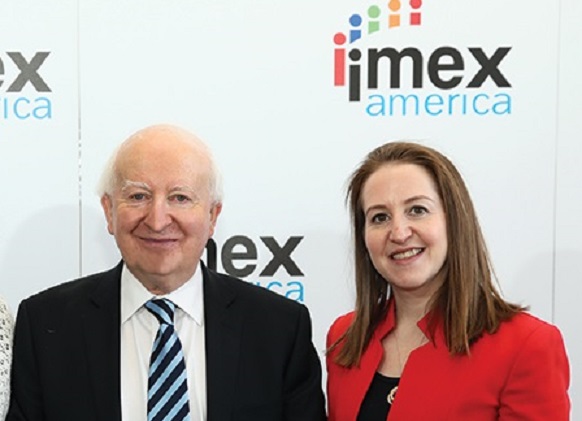Introduction:

In recent years, the cyclamate market has experienced significant growth due to its wide range of applications in the food and beverage industry. However, the increasing concern for food safety has posed challenges for the cyclamate market. This blog aims to provide a keen insight into the cyclamate market value analysis and its impact on food safety, ultimately highlighting the importance of food safety regulations.
Market Analysis:
The cyclamate market has witnessed substantial growth over the years, driven by factors such as its low-calorie content, sweetening properties, and cost-effectiveness. Cyclamate, a synthetic sweetener, is widely used in various food and beverage products, including soft drinks, desserts, and baked goods. It is commonly used as a substitute for sugar, providing a similar level of sweetness without the excess calories. This has made cyclamate a popular choice among consumers seeking healthier alternatives.
Despite its popularity, concerns regarding the safety of cyclamate have raised questions about its market value. Some studies have suggested a potential link between cyclamate consumption and adverse health effects, including an increased risk of cancer. These concerns have led to regulatory actions in various countries, either banning cyclamate or imposing strict usage limits. Such actions have undoubtedly affected the market value of cyclamate, creating uncertainty among manufacturers, suppliers, and consumers.
Food Safety and Regulations:
Food safety is an essential aspect of public health, ensuring that the food we consume is free from harmful contaminants or substances. As the cyclamate market faces scrutiny, it underscores the significance of food safety regulations. Governments and regulatory bodies play a vital role in safeguarding public health by setting strict standards for the use of food additives.
The major concern surrounding cyclamate is its potential link to cancer. While some studies suggest a risk, others argue that the current evidence is inconclusive or inadequate. However, it is important to remember that even potential risks should not be taken lightly when it comes to public health. Food safety regulations are designed to protect consumers by minimizing exposure to potentially harmful substances.
Regulatory Actions and Impact:
In response to the concerns surrounding cyclamate, several countries have taken regulatory actions. For instance, the United States banned the use of cyclamate as a food additive in 1969 based on studies suggesting a potential link to cancer in rats. The European Union followed suit in 1996, prohibiting cyclamate in food and beverages for similar reasons. Other countries have imposed usage limits or require warning labels on products containing cyclamate.
These regulatory actions have inevitably affected the market value of cyclamate. Manufacturers and suppliers faced challenges in complying with restrictions or finding suitable alternatives. Furthermore, consumer perception is another critical factor influencing the market value. With increased awareness of potential health risks, consumers may opt for alternative sweeteners, impacting the demand for cyclamate-containing products.
Conclusion:
The cyclamate market has seen significant growth, driven by its benefits as a low-calorie sugar substitute. However, concerns regarding its safety have put the market value at stake. Food safety regulations play a crucial role in ensuring the health and well-being of consumers. Although the potential risks of cyclamate remain inconclusive, regulatory actions aim to mitigate any potential harm by limiting usage or banning the substance altogether.
As consumers become more conscious about their food choices, the market value of cyclamate may continue to fluctuate. Stricter regulations and increased demand for safer alternatives could challenge the dominance of cyclamate in the food and beverage industry. Ultimately, balancing market trends with food safety regulations is essential to maintain public trust and ensure a healthy future for consumers.
